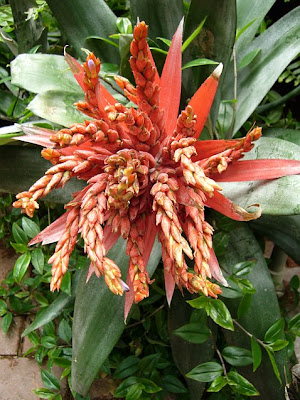Movie of a Cicada Killer Wasp Sphecius speciosus dragging its prey
I took a few photos then remembered that the camera had a movie function so I quickly switched to movie mode and began filming. Luckily I set all the movie presets so I didn't have to fiddle around with the camera.
I previously posted photos of a dead Cicada Killer but this one was definitely alive and deadly. What drama played out on a small stage with two interested bystanders looking on!
I noticed that blogger now has a movie upload so I wanted to try it out and this is the perfect subject to do it with. Trouble is blogger only accepts certain movie files and the Panasonic camera I'm using uses the .mov codec which blogger doesn't accept so I had to search for a movie file converter. I previously tried to post a converted movie but received an error message so I hope it works this time. One other problem, with only a DSL connection the upload is taking a very long time. The movie is 76M in best mode and it's taking about a minute to do 1M. At this rate the upload will take more than an hour for a short 2-3 minute movie. I guess I should use a smaller resolution file next time. I will be royally P Oed if I get an error message.


































































